Serbian Spruce
$99.50 Original price was: $99.50.$69.65Current price is: $69.65.
- Free Shipping over $25
- Fast & reliable delivery options
- Enjoy top quality items for less
- Multiple safe payment methods

Spruce trees are widely grown, and they are excellent landscape plants, especially in cooler parts of the country. Most people want to grow the different kinds of blue spruce – so much so that they have become all too common in some areas. Instead, for a spruce tree with its own unique beauty, and one that is hardy and will grow in almost any kind of soil, look no further than the beautiful and striking Serbian Spruce. Its characteristic upswept branches and its slender form make it a gorgeous tree for a larger property, and a striking specimen to plant in the corners of your yard, or in a natural setting. It looks especially beautiful planted in a group of three, viewed across a lawn or from a distance, or as a single specimen. Grow it on slopes, or at the sunny edges of a woodland.
The Serbian Spruce is a fast-growing evergreen conifer, adding 12 to 18 inches of growth each year, continuing for its entire life. It forms a tall central trunk, relatively slender for its height, with red-brown bark that develops thin, peeling plates when older. The side branches radiate out all around, and they have a very recognizable form, growing first more or less horizontal, and then sweeping upwards towards the tips. The tree has a slim silhouette, and looks graceful and elegant, much more so than other broad, fat spruce trees. After 10 years it will be perhaps 15 feet tall, but probably only 3 or 4 feet wide. In time it will reach 50 or 60 feet tall, and it will be about 20 feet wide. Very old trees can pass 100 feet in height. When planting make sure to keep it at least 15 feet away from buildings, property lines, overhead wires or existing large trees.
The needles grow out at right-angles from the stems, mostly to the sides and top, and they are 1-inch long, up to 1½ inches long, with a pointed tip. The upper side is blue-green, and the lower side has two silver stripes along with it, making the leaf appear two-tone. The silver side sparkles in the sun and the overall silvery blue-green coloring is very attractive. On older trees 2-inch long cones develop in clusters along the branches. They are a striking rich violet-brown in spring, becoming mid-brown when they ripen in early winter.
The Serbian Spruce is an excellent tree for gardens, and its relatively slim profile helps it fit into smaller spaces. It grows well in urban gardens too, and in all kinds of soils, including chalky, alkaline soils, as well as acidic soils. It grows in both clay and sand, and the soil, whatever its type, should be well-drained. This tree has some drought resistance once established, but young trees should be watered during dry spells, and it grows best in cooler zones. Pests and diseases are not usually issues for this tree, which should enjoy a long and healthy life after a little care when first planted. If your tree should develop two main central branches pointed upwards, of about the same length, remove one completely, to maintain a single central trunk, as trees with double trunks are prone to breakage. Lower branches can be removed for clearance if desired, but leaving them retains the grace and elegance of this tree.
The Serbian Spruce, Picea omorika, (or Pančić in Serbian) used to grow in a wide area across Europe before the last Ice Age, which began 2.6 million years ago. Most of the trees were destroyed, and just a few survived in Serbia, in the limestone hills above the valley of the river Drina, where it occurs today in an area of just 1½ square miles along the border between Serbia and Bosnia Herzegovina. It is an endangered species in the wild, but safe from extinction because it is grown all around the world as an ornamental tree, for its beauty and resistance to urban pollution. At one time it was used for specialized lumber, for cheese boxes and for roof construction. Seed was first collected by botanists in the 1880s, and it began to be grown in England and other European countries, soon becoming a popular garden and park tree. This relic tree from the Tertiary geological period (over 60 million years ago) is a great addition to a modern garden. If you don’t have room for a full-size Serbian Spruce, consider growing the Dwarf Serbian Spruce, a lovely rounded bush that fits into even the smallest garden, and is just as tough and easy to grow as its parent.
Often our garden plants are highly-bred, and a long way from their wild ancestors, so it is wonderful to be able to grow an ancient tree like this, and even do it in an urban setting. Plants of the Serbian Spruce are only available from time to time, and we have found some that have been grown from seed into beautiful young trees. With its rapid growth this tree will soon be a beautiful specimen, so order now, because these trees are always in short supply, and they sell out fast.
Be the first to review “Serbian Spruce” Cancel reply
Related products
Evergreen Trees
Arborvitae Trees
Evergreen Trees
Cypress Trees
Evergreen Trees
Cedar Trees
Evergreen Trees
Cypress Trees



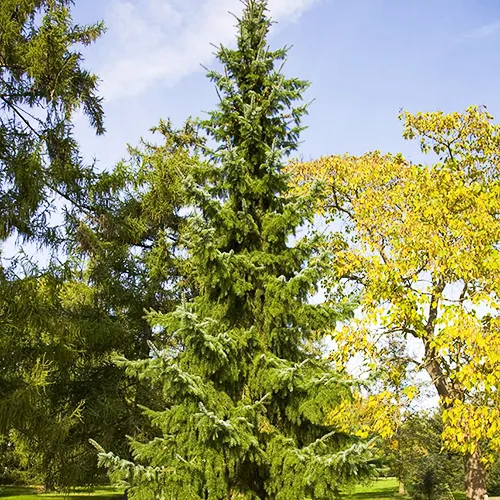
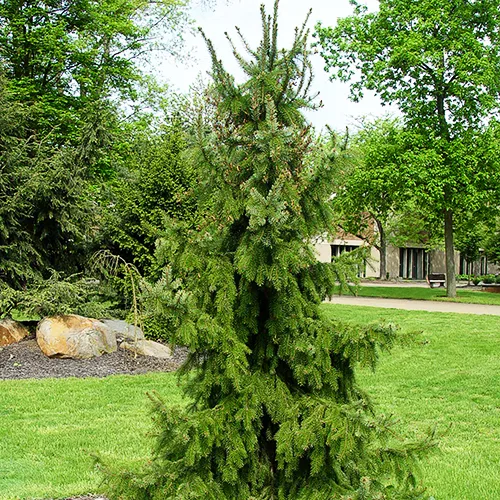

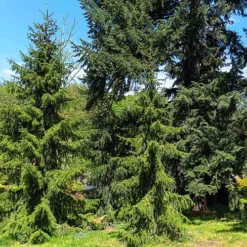


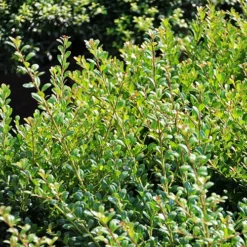
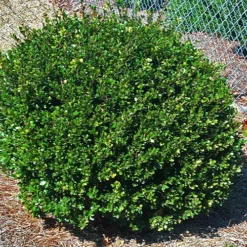
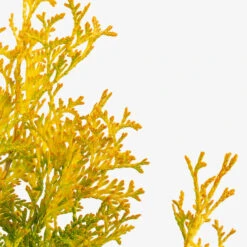
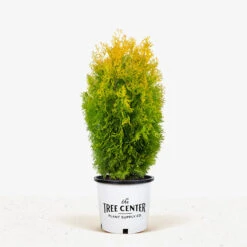
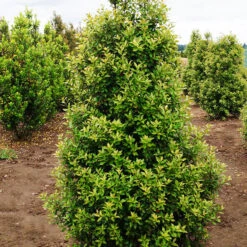



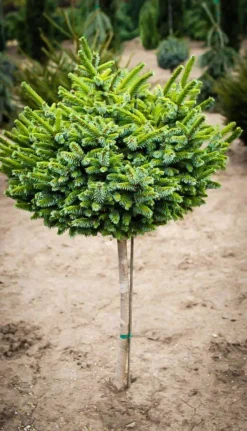
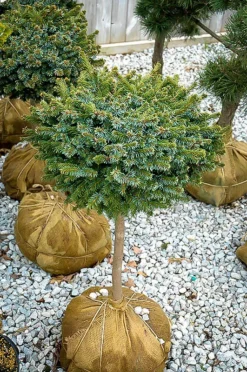




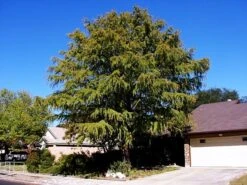

Reviews
There are no reviews yet.